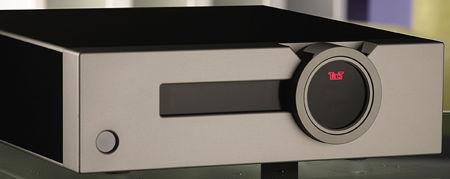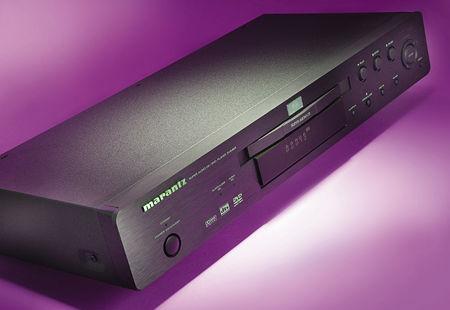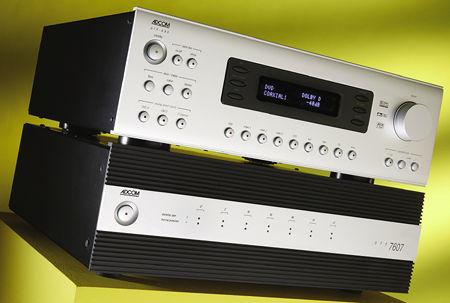Chris Lewis
|
Dec 14, 2004 |
Published: Dec 15, 2004
|
Nov 07, 2004 |
Published: Nov 01, 2004
|
Nov 07, 2004 |
Published: Nov 01, 2004
|
Oct 15, 2004 |
Published: Oct 01, 2004
|
Oct 15, 2004 |
Published: Oct 01, 2004
|
Sep 18, 2004 |
Published: Sep 01, 2004
|
May 28, 2004 |
Published: Jun 01, 2004
|
Mar 01, 2004













